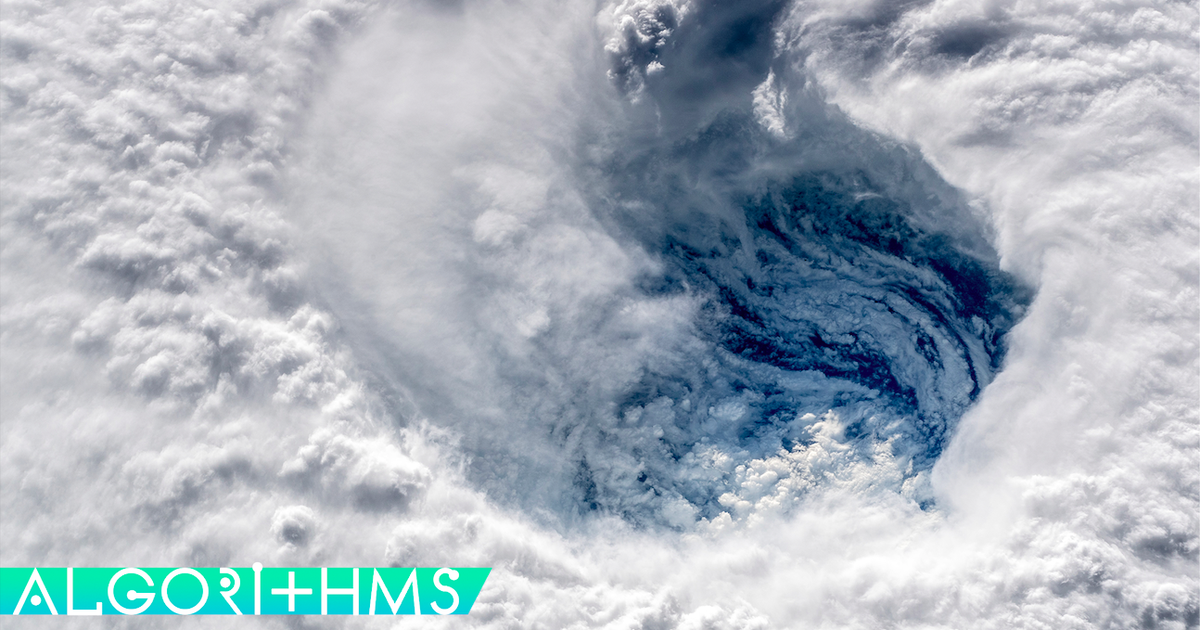
Why should there be a strict limit, however, on predicting a day’s weather? How can human progress and understanding — having eradicated smallpox, built supercomputers, and sent humanity to the moon — be limited? It turns out we’re limited by an irrepressible agent. It’s called chaos. Sure, chaos can be tamed to some degree, but not conquered. Thanks to chaos, the future isn’t fully determined.
In our universe, chaos is a powerful property of any system that evolves over time. Chaos emerges in a prediction when a small unknown or error amplifies. It’s somewhat like a spacecraft sent to the moon on a slightly off-course trajectory, eventually sailing past and into the black ether of space. Some systems are inherently more chaotic than others (the moon’s orbit today, thankfully, is pretty stable). But Earth’s atmosphere — incessantly evolving with rising, sinking, and whirling air — is primed for chaos. Chaos thrives there because the atmosphere can’t ever be fully known, to perfection. Why not? On the smallest level, it’s impossible to know exactly where an atom is and how fast it’s traveling, a powerful physical law called the “uncertainty principle.” What’s more, even the slightest, little, undetectable whirl or perturbation in the air can dramatically alter the atmospheric future. All of this means we’ll never have an all-knowing grasp of everything unfolding in the expansive, vacillating sky. There will be gaps and uncertainties. And eventually, they’ll destroy the prediction.
“Literal whirls in the wind as big as your thumbnail can have an effect later on,” said Judt. “Even that little uncertainty will cascade up and render the forecast unpredictable by two to three weeks’ time.”
“It’s mind blowing in a way,” he added.
This is commonly called “the butterfly effect,” in reference to a butterfly flapping its delicate wings and initiating a cascade of atmospheric events. “People think it’s a metaphor,” said Kerry Emanuel, an atmospheric scientist at MIT. “It’s not. It’s real.”
Why, on a warm sunny day (when the atmosphere is inherently more dynamic and unstable than a cold, stable night) you too can wave your arms outside and potentially initiate changes in the air that alter the course of events in the atmosphere. “Everyone is contributing to chaos at different times,” said Emanuel, who separately found the limit of day-to-day weather prediction is around two weeks. (“No one pretends to know the number exactly,” noted Emanuel.)
